
Jaan Poska VR III/1 was an Estonian barrister and politician.
Jerwen County was one of the four counties of the Russian Empire located in the Governorate of Estonia. It was situated in the central part of the governorate. Its capital was Paide (Weissenstein). The territory of Kreis Jerwen corresponds to most of the present-day Järva County and small parts of Lääne-Viru and Rapla counties.
Kreis Ösel was one of the nine subdivisions of the Governorate of Livonia of the Russian Empire. Its capital was Kuressaare (Arensburg). It was situated in the northwestern part of the governorate. The territory of Kreis Ösel corresponds to the present-day Saare County.

Kreis Pernau was one of the nine subdivisions of the Governorate of Livonia of the Russian Empire. It was situated in the northwestern part of the governorate. The territory of Kreis Pernau corresponds to most of the present-day Pärnu County and parts of Viljandi and Rapla counties.
Kreis Fellin was one of the nine subdivisions of the Governorate of Livonia of the Russian Empire. It was situated in the northern part of the governorate. Its capital was Viljandi (Fellin). The territory of Kreis Fellin corresponds to the most part of the present-day Viljandi County and parts of Järva, Jõgeva and Valga counties.
Kreis Werro was one of the nine subdivisions of the Governorate of Livonia of the Russian Empire. It was situated in the northeastern part of the governorate. Its capital was Võru (Werro). The territory of Kreis Werro corresponds to the present-day Võru County, most of Põlva County and parts of Valga County.
Kreis Walk was one of the nine subdivisions of the Governorate of Livonia of the Russian Empire. It was situated in the central part of the governorate. Its capital was Walk, nowadays divided between two cities and two countries.
Kreis Riga was one of the nine subdivisions of the Governorate of Livonia of the Russian Empire. Its capital was Riga, which was the capital of the governorate as well. Kreis Riga was situated in the southern part of the governorate.
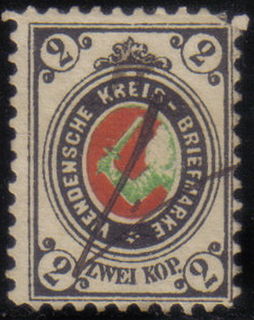
Kreis Wenden was one of the nine subdivisions of the Governorate of Livonia of the Russian Empire. Its capital was Cēsis (Wenden). It was situated in the central part of the governorate.
Kreis Wolmar was one of the nine subdivisions of the Governorate of Livonia of the Russian Empire. Its capital was Valmiera (Wolmar). It was situated in the central part of the governorate.

Doblen County was one of the ten subdivisions of the Courland Governorate of the Russian Empire. Its capital was Dobele (Doblen). Kreis Doblen was situated in the central part of the governorate.

Bauske County was one of the ten subdivisions of the Courland Governorate of the Russian Empire. Its capital was Bauska (Bauske). Kreis Bauske was situated in the central part of the governorate.
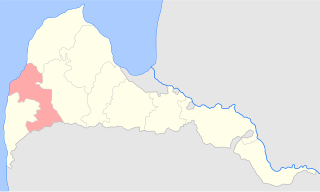
Aizpute County was one of the ten subdivisions of the Courland Governorate of the Russian Empire. Its capital was Aizpute (Hasenpoth). Kreis Hasenpoth was situated in the western part of the governorate.

Goldingen County was one of the ten subdivisions of the Courland Governorate of the Russian Empire. Its capital was Kuldīga (Goldingen). Kreis Goldingen was situated in the western part of the governorate.
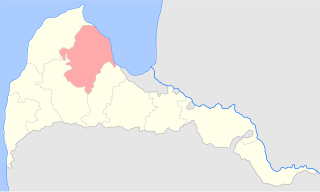
Talsen County was one of the ten subdivisions of the Courland Governorate of the Russian Empire. Its capital was Talsi (Talsen). Kreis Talsen was situated in the northwestern part of the governorate.

Tuckum County was one of the ten counties of the Russian Empire located in the Courland Governorate. Its capital was Tukums (Tuckum). Tuckum County was situated in the western part of the governorate.
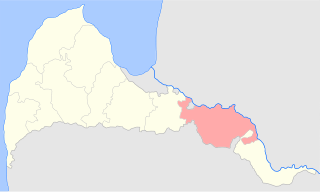
Friedrichstadt County was one of the ten subdivisions of the Courland Governorate of the Russian Empire. Its capital was Jaunjelgava (Friedrichstadt). Kreis Friedrichstadt was situated in the eastern part of the governorate.
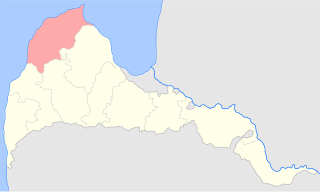
Windau County was one of the ten subdivisions of the Courland Governorate of the Russian Empire. Its capital was Ventspils (Windau). Kreis Windau was situated in the northwestern part of the governorate.
Dorpat is the old name of Tartu, the second largest city in Estonia. Derived from that, it may refer to:














